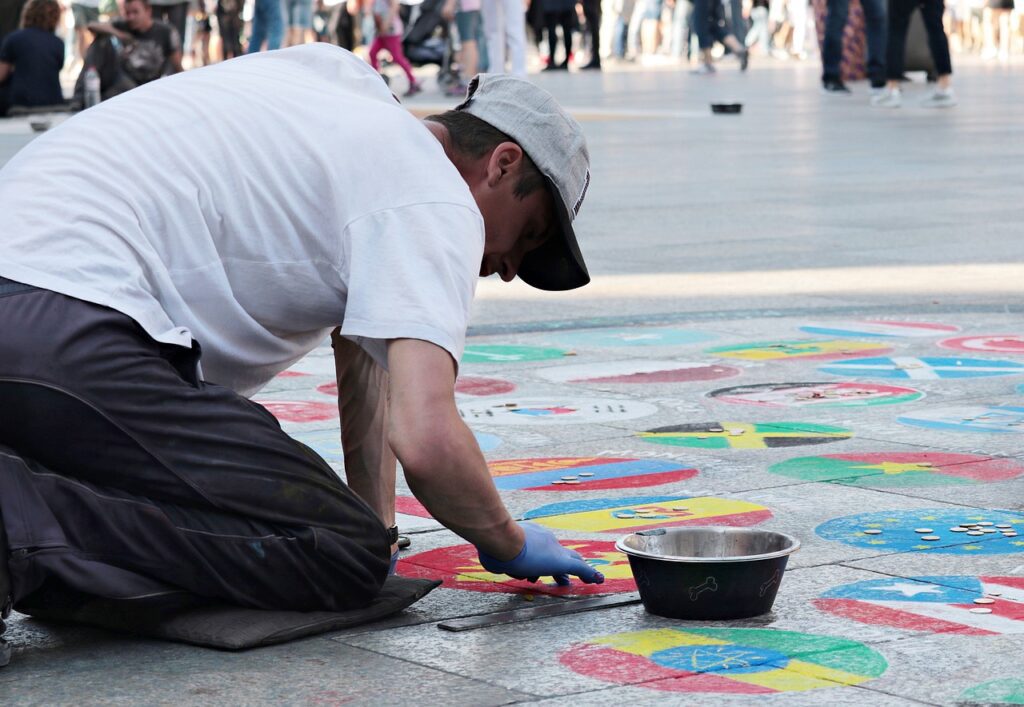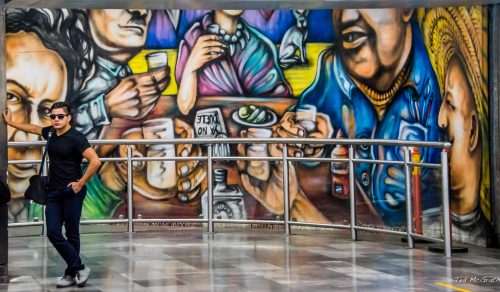3D Wall Painting Artists in India / Street Painting Artist
Street painting, also commonly known as pavement art, street art, and sidewalk art, is the performance art of rendering original and non-original artistic designs on pavement such as streets, sidewalks, and town squares with impermanent and semi-permanent materials such as chalk. Most Street Paintings are done in 3D.
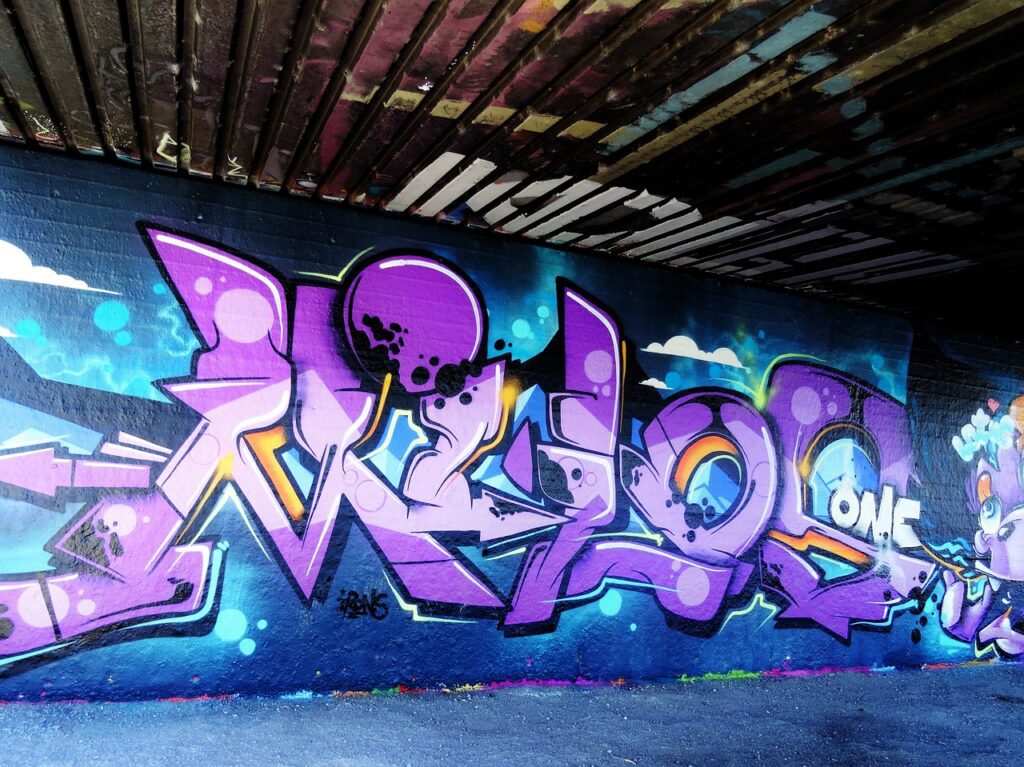
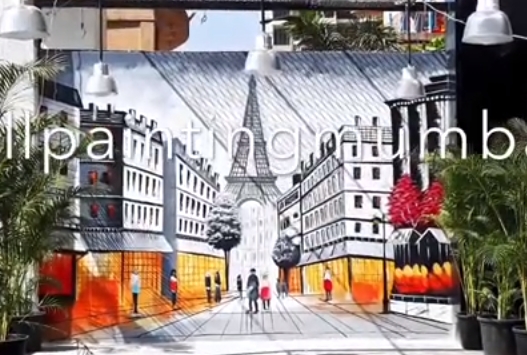
Origin
The origins of modern street painting began in Britain. Pavement artists were found all over the UK and by 1890 it was estimated that over 500 artists were making a full time living from pavement art in London alone.
The British term for Pavement artist is “screever”. The term is derived from the writing, often Copperplate, that typically accompanied the works of pavement artists since the 1700s. The term screever is most commonly cited as Shakespearean slang dating from around 1500.

The works of screevers were often accompanied by poems and proverbs, lessons on morality and political commentary on the day’s events. They were described as “producing a topical, pictorial newspaper of current events. They appealed to both the working man and woman, who (on the whole) could not read or write, but understood the visual images; and the educated middle-classes who appreciated the moral lessons and comments. It was important for a screever to catch the eye of the ‘well to do’ and in turn attract the pennies.
Street painters, (also called chalk artists) a name these performance artists are most commonly called in the USA are called I Madonnari in Italy (singular form: madonnaro or madonnara) because they recreated images of the Madonna. In Germany Strassenmaler (street: straiten, painter: maler).
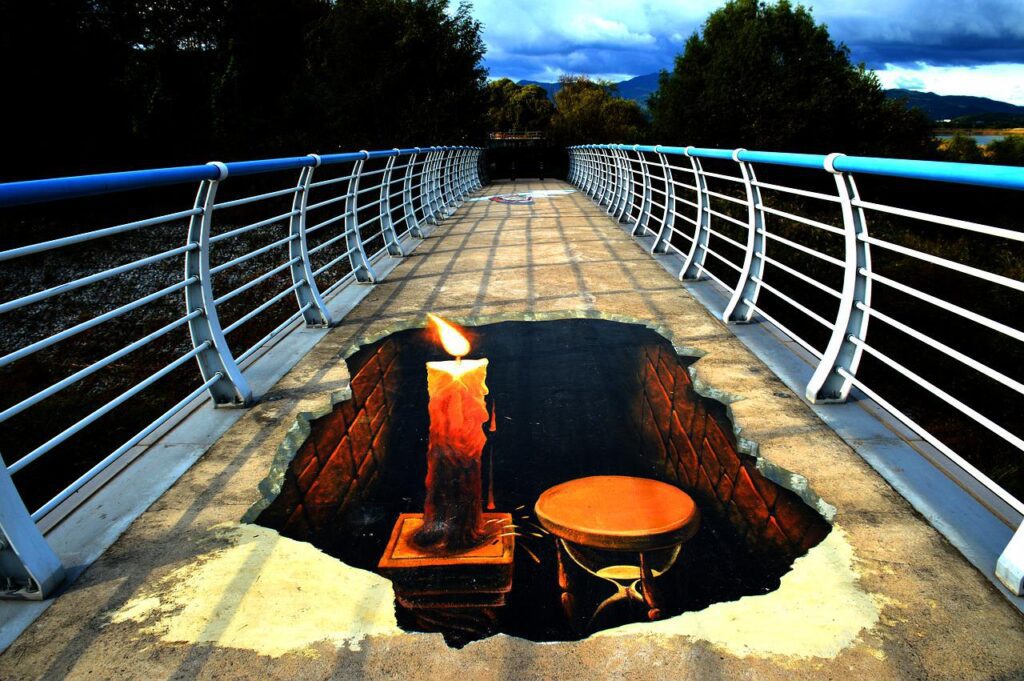
The Italian I Madonnari were itinerant artists, many of whom had been brought into the cities to work on the huge cathedrals. When the work was done, they needed to find another way to make a living, and thus would often recreate the paintings from the church onto the pavement. Aware of festivals and holy days in each province and town, they traveled to join in the festivities to make a living from observers who would throw coins if they approved of the artist’s work. For centuries I Madonnari were folk artists, reproducing simple images with crude materials such as tiles, coal and chalk.
In 1973, street painting was promoted in ITALY by the formation of a festival in Grazie di Curtatone, Italy.
In the 1980s, Kurt Wenner practiced ‘3D pavement art,’ or one-point perspective art, otherwise known as anamorphic art, a 500 year old technique, which appeared as proper perspective only when viewed from a specific angle.
